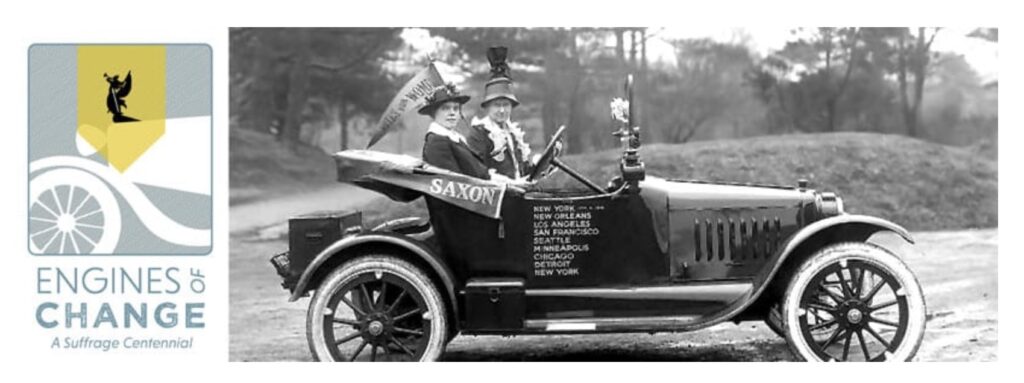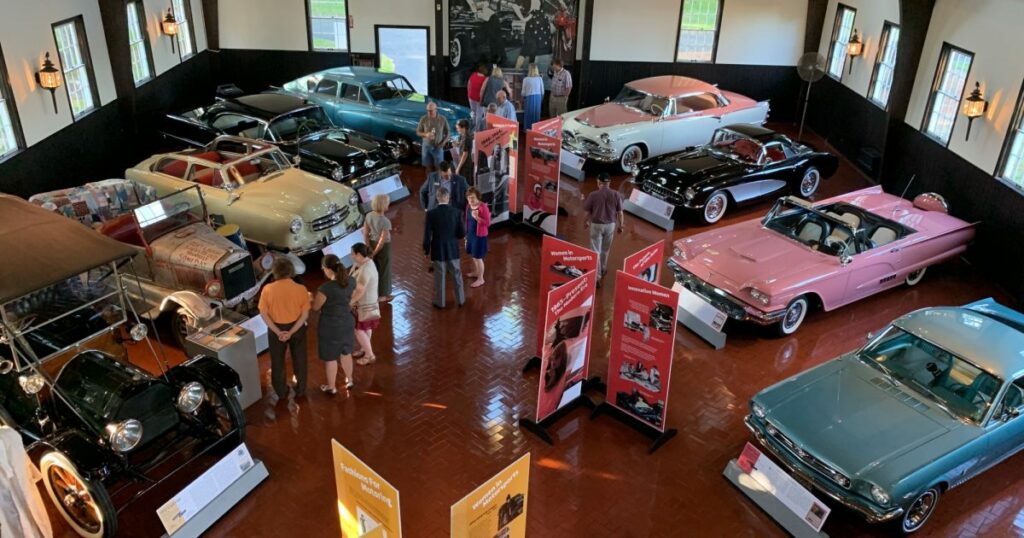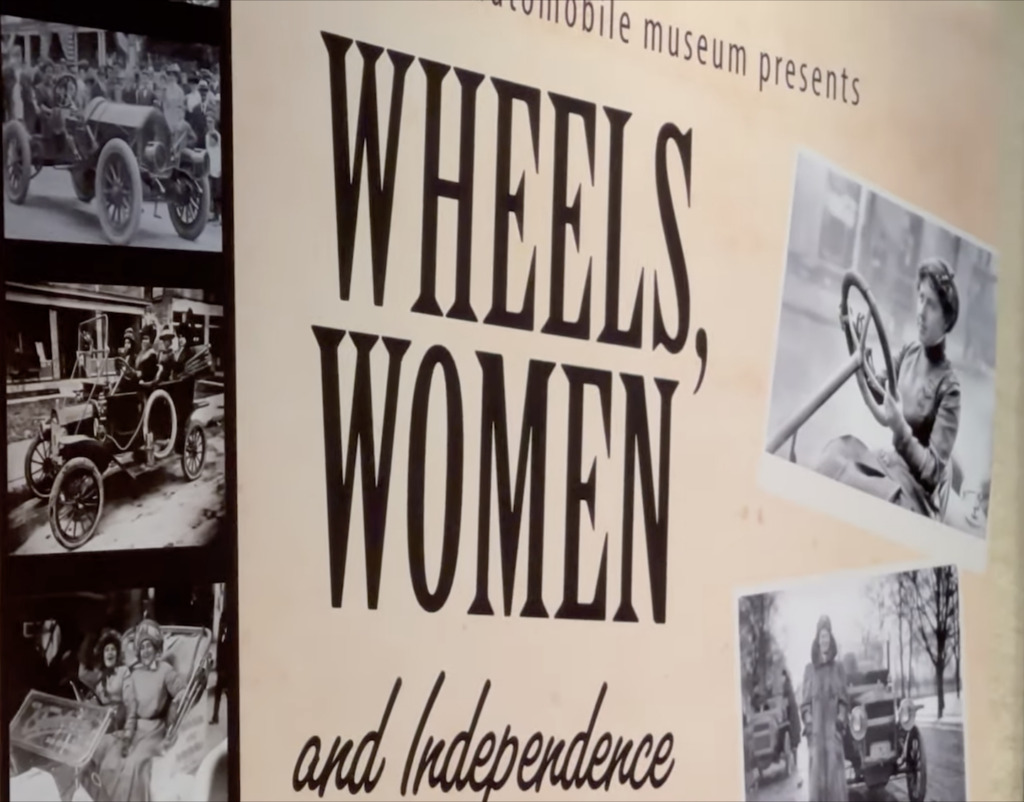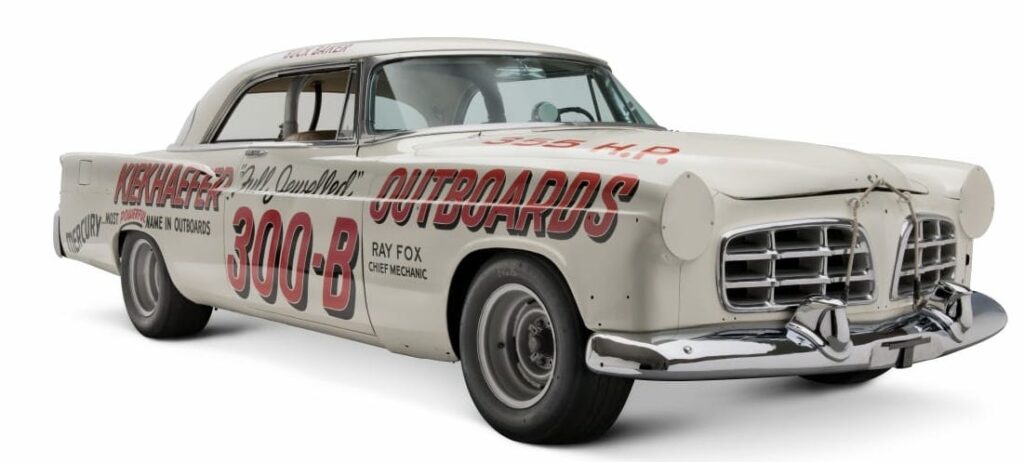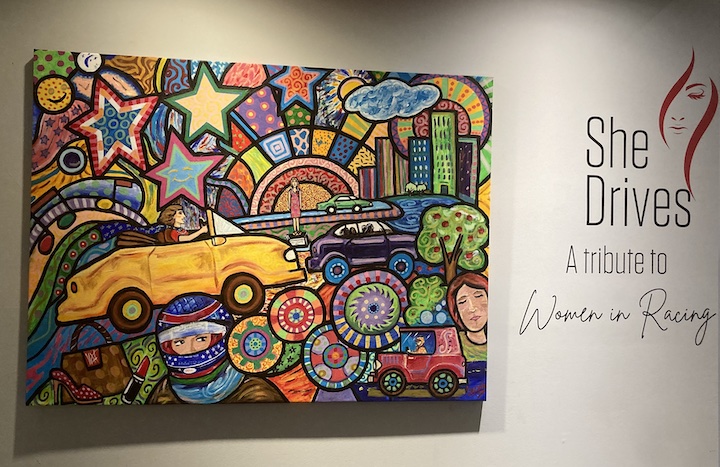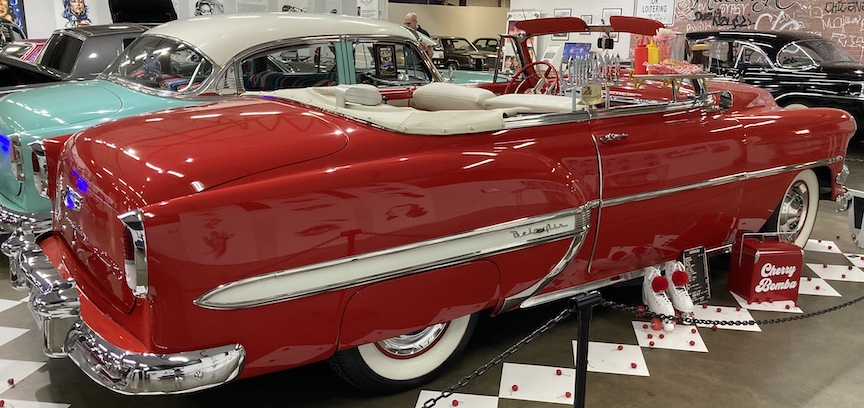
The Pontiac Transportation Museum is the newest entry into the Southeastern Michigan automotive museum collective. Housed in a former elementary school in Pontiac, Michigan, it will officially open to the public in mid July 2024. As a member of the MotorCities National Heritage Area, I was able to attend a private tour and presentation this past Wednesday evening. The museum will be constructed in stages; while phase one is currently complete, there are three more phases scheduled to be developed over the next few years. Our group not only toured the completed section, but were also offered a ‘sneak peek’ at what’s to come.

The Pontiac Transportation Museum is an institution of both place and auto manufacturer. While the museum tells the story of the auto maker’s rise and fall, it also endeavors to connect to the community and is involved in energizing its development and revitalization. As noted in a story in the Detroit Free Press, the intent of the museum is to reflect the ‘place, people, and its stories.’

As a new museum with limited artifacts on display, I did not expect to find many representations of women in the automotive exhibits. My first encounter with such images was in, of all places, the women’s restroom, which displayed three oversized color photos of women driving Pontiac vehicles from the late 1950s and early 1960s. I was later told by one of the tour guides that much consideration was given to the restroom as ‘that is what is most important to female visitors.’ I had to squelch a guffaw.
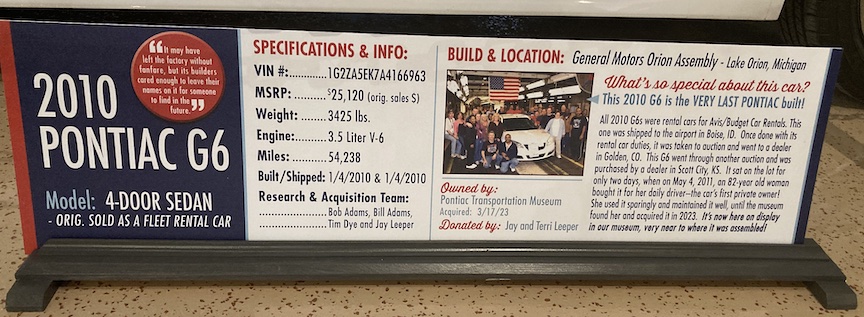
Other representations in the museum included advertisements, photographs, and promotional materials. There were interactive displays which featured photos of women in various decades of the automaker’s history as drivers, consumers, and workers. As was mentioned during the tour, the majority of vehicles on display are donated and are primarily ‘one owner’ cars. There were a few automobiles with female donors that included stories of how the car was acquired as well as personal automotive histories. While touring one of the yet-to-be developed sections, our attention was brought to three Pontiac Firebirds specifically developed for the female market. As our guide explained, the Skybird [blue] was offered from 1977-78, the Red Bird for 1978-79, and the Yellow Bird in 1980.

While there weren’t a lot of examples of women’s relationship to cars on the floor, the slide presentation provided a philosophy of the museum that was very much geared toward diversity and inclusion. As is noted on the museum’s website, ‘a very significant part of the PTM’s mission involves educational outreach to the community – particularly STEAM-related education in Pontiac primary, secondary, and vocational schools.’ The museum is positioning itself as not just a collection of cars, but as a source for Pontiac’s social history; i.e. how the car manufacturer affected the city in which it existed as well as the people who drove its cars and made its products. The presentation also made note of the PTM’s ‘female empowerment mission’ and included photographs of visiting girls and women’s groups as well as influential women within the industry.
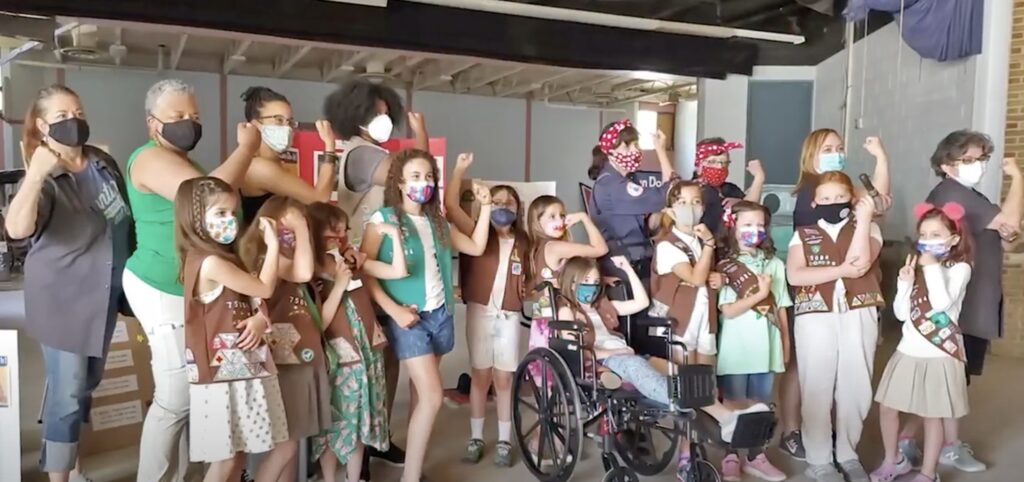
Living in the auto-rich area of Southeastern Michigan has provided me with unique opportunities to not only visit a number of automotive museums, but to attend special events such as this private tour of the soon-to-be-opened Pontiac Transportation Museum. I look forward to watching the PTM’s progress over the next several years.
